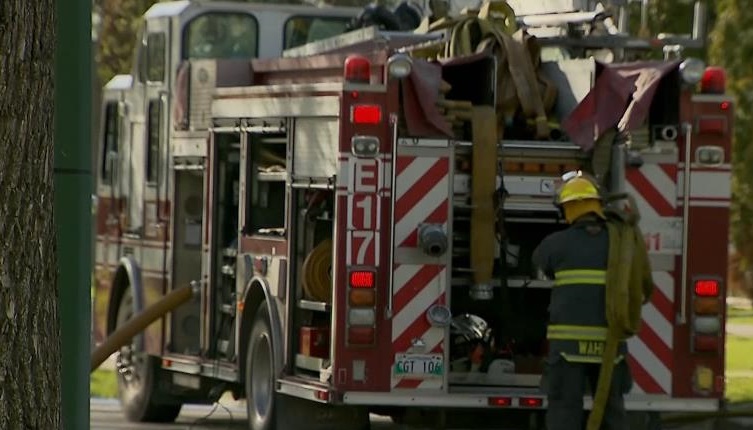Calls growing for Winnipeg to crack down on vacant homes due to fires
Posted January 24, 2024 4:52 pm.
Last Updated January 24, 2024 7:35 pm.
With Winnipeg fire crews having to deal with more and more fires at vacant buildings each year, the calls for the City to crack down on these problem properties are growing stronger.
“We have an extremely high call volume, our members are exhausted they’re fatigued and then you throw 150 plus vacant building fires and the extra level of hazards that those come with, its been the winter from hell,” said Tom Bilous, President of the United Fire Fighters of Winnipeg.
Between January 2023 and the middle of November, Winnipeg Fire crews responded to 125 fires in vacant buildings. And while the official end-of-year total has not been released, Bilous says it’s closer to 150.
A number that represents a 44 per cent increase from the previous record set in 2022 of 84. Bilous adds that in most cases crews respond to fires multiple times at the same vacant buildings.
“Often this is the second or third time that they have been lit up so there are holes in the floor, stairs are missing, there are structural issues, the element of floor collapse, everything. So you are taking an incredibly dangerous job and increasing that exponentially,” explained Bilous.
RELATED:
City Councillor Cindy Gilroy says the vacant Coronado Apartments on Furby St. has been a concern for local residents for some time. Going on to say, if brought up to code, buildings like the Coronado could go a long way in addressing the ever-growing need for affordable housing in Winnipeg.
“It does have a really negative impact on the community and a huge concern for those living around those buildings,” said Gilroy.
“There are many different community organizations that are looking for buildings so they can house people, we have a housing crisis, that’s what we need this building for.”
Last year the city adopted a bylaw that makes property owners responsible for the costs of fighting fires in vacant buildings as a way of encouraging them to properly secure them from break-ins. And while Bilous says this is an important first step, he would like to see uninhabitable buildings dealt with in a more timely fashion.
“Once these buildings are deemed derelict, uninhabitable, irrefutable after other fires, get the wrecking ball and tear it down. Our members aren’t going to get hurt on a patch of grass but they will in these fires,” said Bilous.












